This article aims to provide a comprehensive guide to the worst time to visit Alaska. By exploring the challenges and limitations of visiting during certain periods, we’ll help you make informed decisions for your Alaskan adventure. Whether you’re a seasoned traveler or planning your first trip to this incredible state, our insights will equip you with the knowledge to avoid common pitfalls and embrace the best of what Alaska has to offer.
Brief Overview of Alaska
Alaska, often referred to as “The Last Frontier,” is a land of unparalleled beauty and adventure. From the majestic peaks of the Denali National Park to the stunning fjords of the Kenai Peninsula, Alaska’s diverse landscapes offer something for every traveler. Whether you’re drawn to the thrill of dog sledding, the serenity of glacier viewing, or the excitement of wildlife spotting, Alaska’s vast wilderness awaits your exploration.
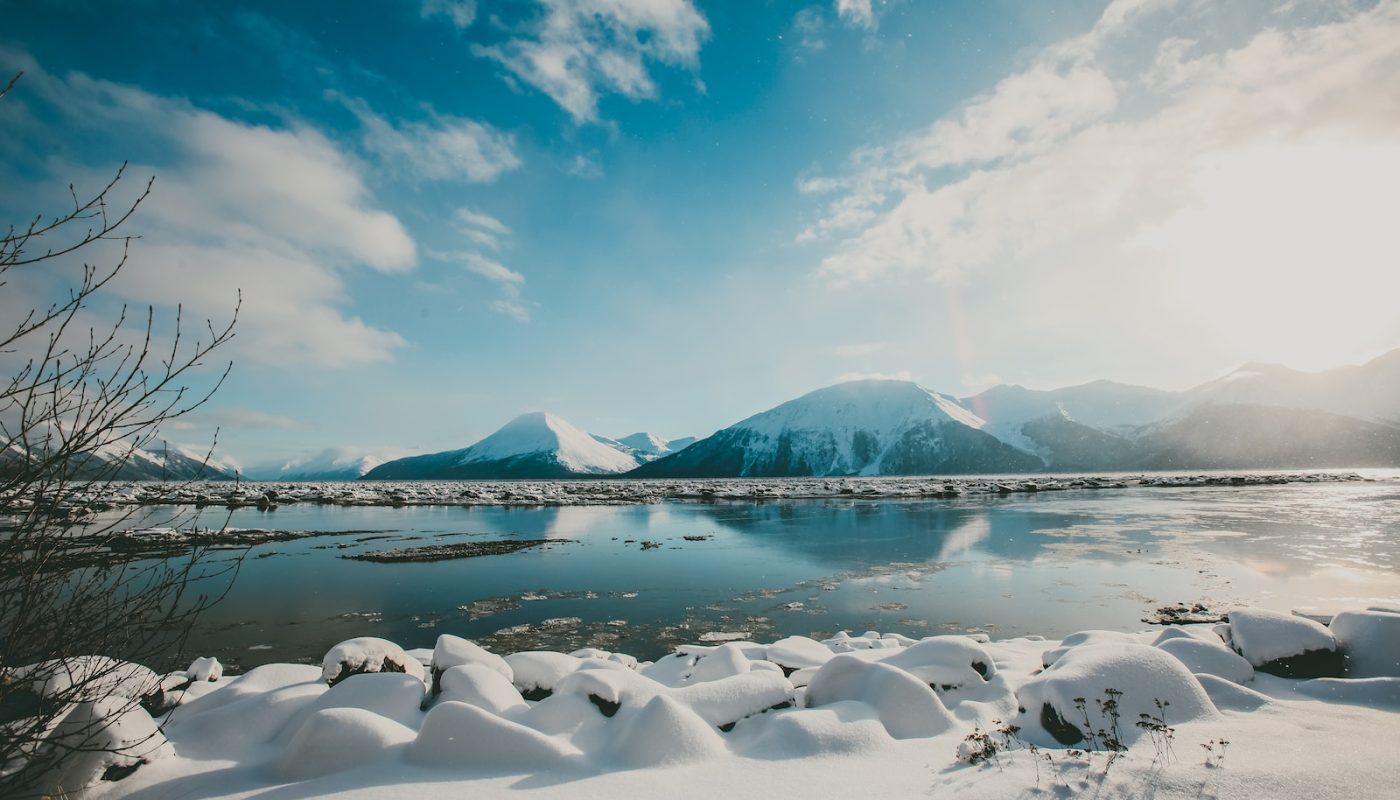
Importance of Timing in Travel Planning
When planning a trip to Alaska, timing is everything. The state’s unique geographical location and varied climate mean that weather conditions, daylight hours, and accessibility to attractions can change dramatically throughout the year. Choosing the right time to visit can make the difference between a trip filled with unforgettable experiences and one marred by challenges and disappointments. Understanding the best and worst times to visit Alaska is essential for maximizing enjoyment, safety, and value.
The Challenges of Winter
Winter in Alaska presents a unique set of challenges that can significantly impact travel plans. From late November to early March, the state undergoes a transformation that affects daylight, temperature, and accessibility. Understanding these challenges is crucial for anyone considering a winter trip to Alaska.
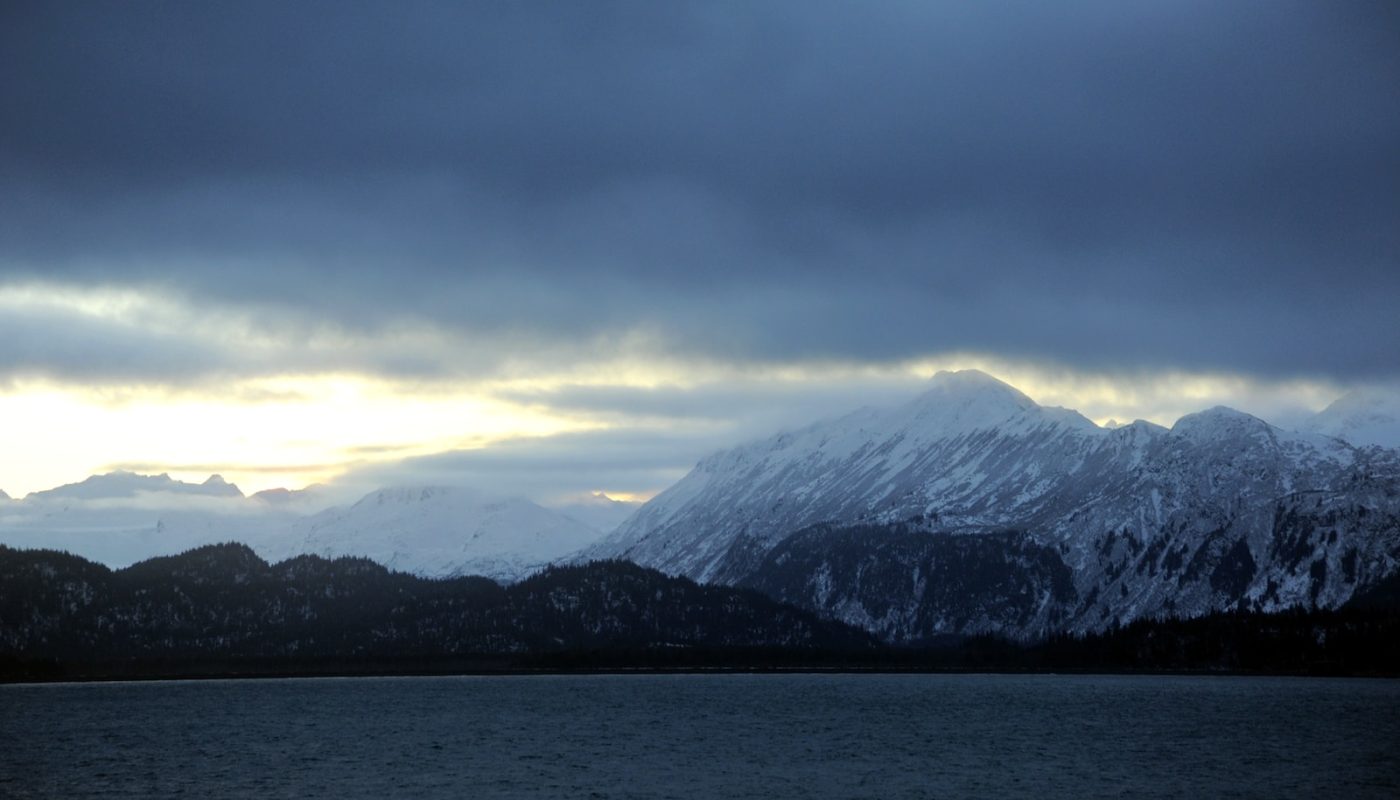
Late November to Early March
During these months, Alaska is enveloped in a long and harsh winter. The days are short, the nights are long, and the weather conditions can be extreme. This period is often considered the worst time to visit Alaska for many travelers, especially those unprepared for the challenges that winter brings.
Limited Daylight
1. Effects on Activities
With only a few hours of daylight in some regions, outdoor activities such as hiking, sightseeing, and photography can be severely restricted. The lack of sunlight not only limits the time available for exploration but also affects the overall experience, as many of Alaska’s stunning landscapes are best appreciated in full daylight.
2. Regional Variations
The amount of daylight varies significantly across the state. While southern regions like Anchorage may receive up to 6 hours of sunlight in December, northern areas like Fairbanks may only see the sun for 3-4 hours. Understanding these regional variations is essential for planning activities and maximizing your time.
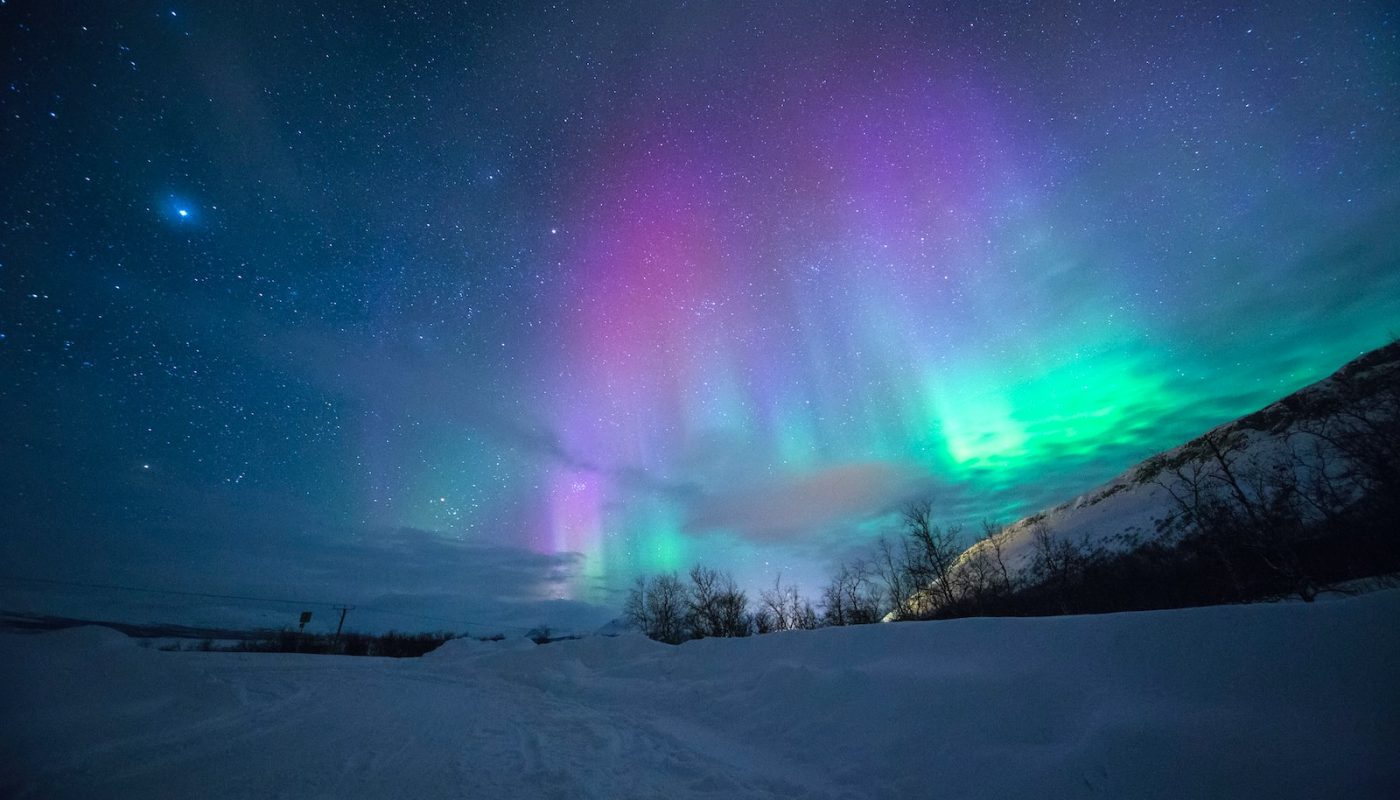
Extreme Cold
1. Safety Concerns
Winter temperatures in Alaska can plummet to -40°F or lower. Such extreme cold poses serious safety risks, including frostbite and hypothermia. Proper clothing, equipment, and awareness of weather conditions are vital for anyone venturing outdoors during this time.
2. Impact on Outdoor Exploration
The extreme cold can also limit outdoor exploration opportunities. Activities like skiing, snowmobiling, and ice fishing may be affected by severe weather conditions, impacting both enjoyment and safety.
Accessibility Issues
1. Road Closures
Many roads, including key routes to popular destinations like Denali National Park, may be closed or restricted during winter. This can limit access to attractions and require significant changes to travel plans.
2. Limited Services
Winter also sees a reduction in services such as tours, accommodations, and dining options. Many businesses operate on a limited schedule or close entirely for the season, making advance planning and research essential.
Spring Thaw: A Muddy Affair
Spring in Alaska is a season of transformation, as the frozen landscapes begin to thaw and come to life. However, this period, typically from late March to early May, presents its own set of challenges for travelers. Understanding the muddy conditions and unpredictable weather of Alaska’s spring thaw can help you navigate this tricky travel season.
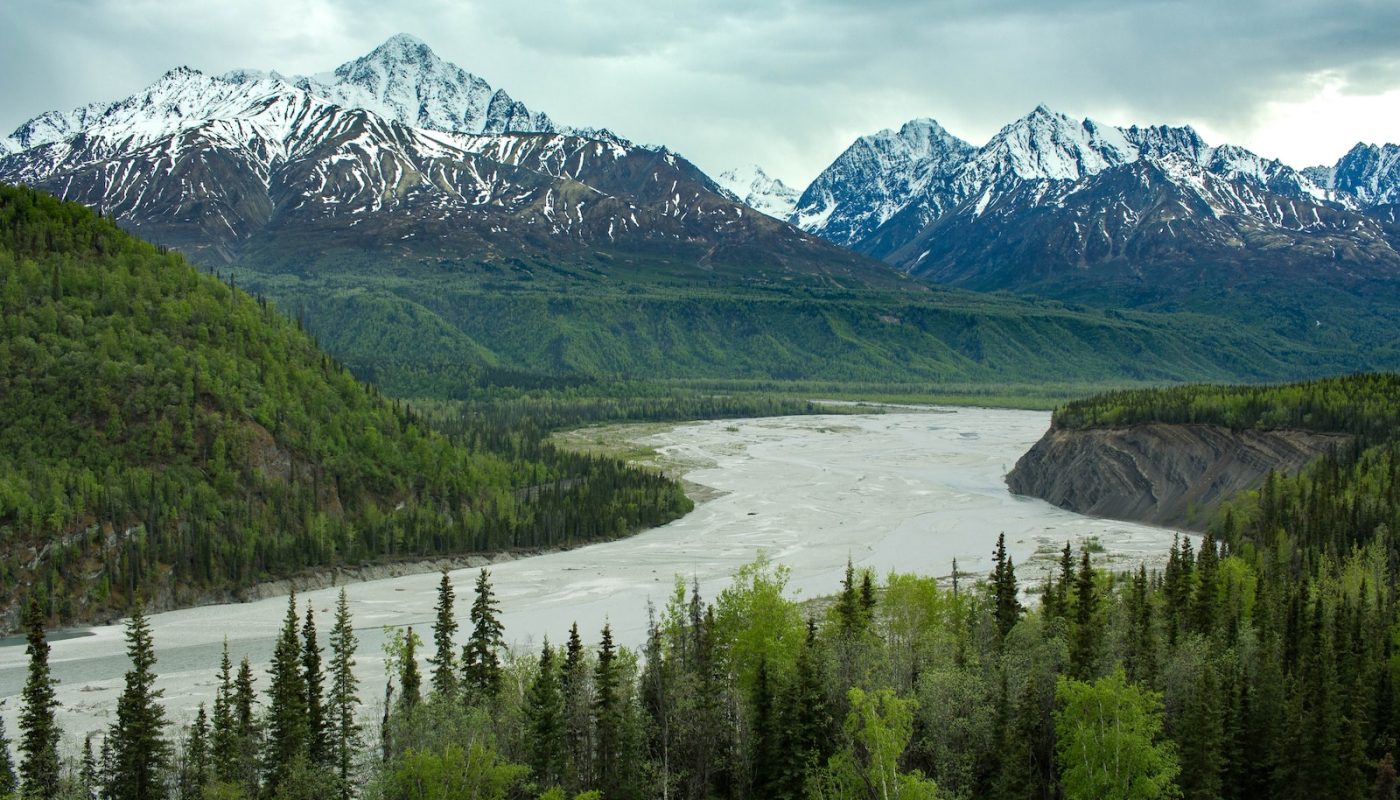
Late March to Early May
As winter’s grip loosens, Alaska enters a transitional phase known as the spring thaw. This period can be both beautiful and challenging, with melting snow and ice giving way to muddy conditions and fluctuating temperatures. Here’s what you need to know if you’re considering a visit to Alaska during this time.
Muddy Conditions
1. Impact on Hiking and Outdoor Activities
The melting snow and ice create muddy trails and roads, often rendering them impassable. Hiking, biking, and other outdoor activities can become difficult, if not impossible, during the height of the thaw. Proper footwear and equipment are essential, but even with the right gear, some areas may be off-limits.
2. Regional Differences
The extent of the muddy conditions can vary across the state. Coastal regions may experience milder effects, while interior areas may face more significant challenges. Researching specific destinations and consulting local experts can help you gauge the conditions and plan accordingly.
Unpredictable Weather
1. Temperature Fluctuations
Spring in Alaska is marked by unpredictable weather, with temperatures ranging from winter-like chills to unseasonably warm spells. These fluctuations can affect everything from clothing choices to activity planning, requiring flexibility and careful preparation.
2. Planning Considerations
The unpredictable nature of Alaska’s spring weather means that travelers must be prepared for a wide range of conditions. Monitoring weather forecasts, packing versatile clothing, and having a flexible itinerary can help you adapt to the ever-changing Alaskan spring.
Tourist Crowds in Summer
Summer is often considered the best time to visit Alaska, with long days, pleasant temperatures, and stunning natural beauty. However, the peak tourist season, particularly from late June to early August, brings its own set of challenges. Overcrowding and higher costs can impact your Alaskan experience, making it essential to understand what to expect and how to navigate this busy time.
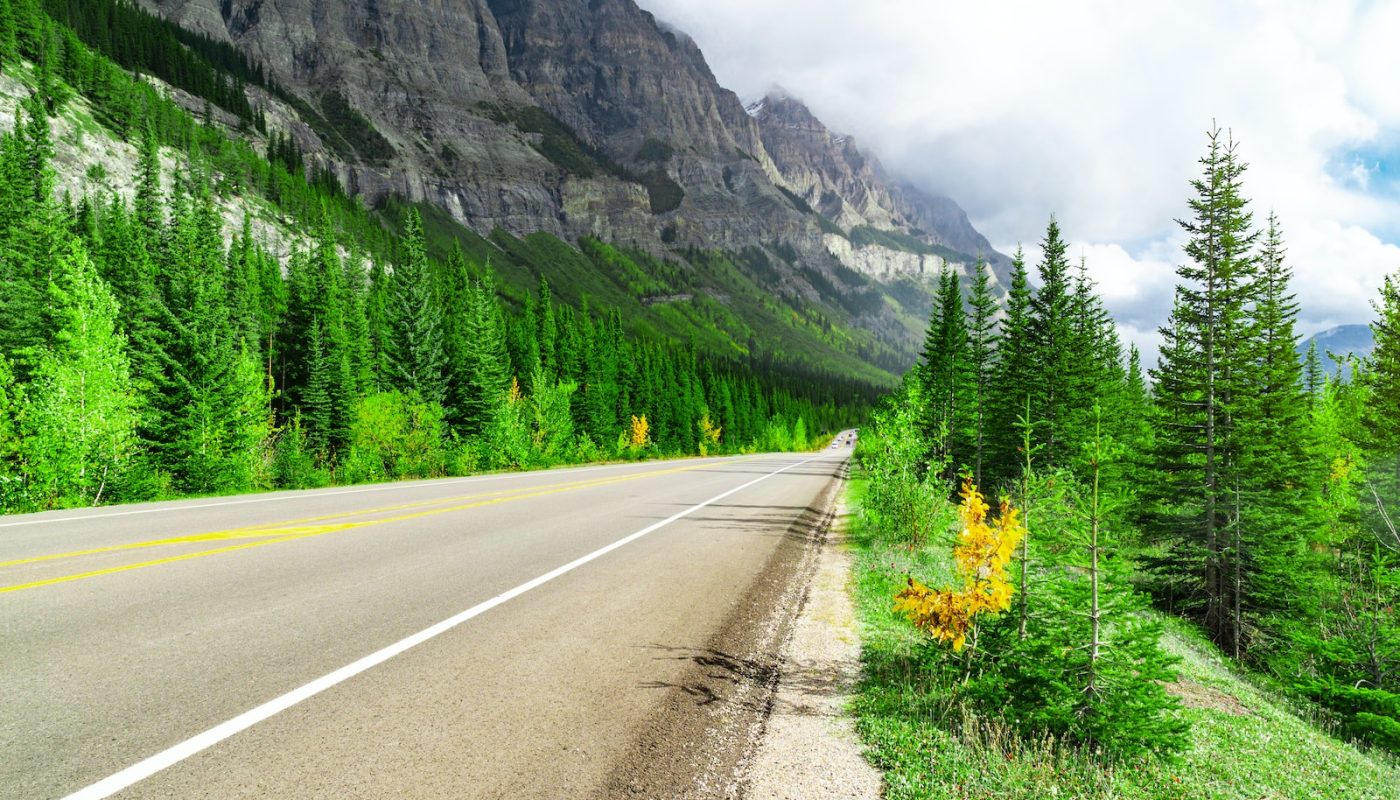
Late June to Early August
This period marks the height of Alaska’s tourist season. With the midnight sun providing up to 24 hours of daylight in some regions, travelers flock to the state to explore its majestic landscapes. While this time offers incredible opportunities, it also presents challenges that can affect your trip.
Overcrowding
1. Popular Destinations
Iconic destinations like Denali National Park, Glacier Bay, and the Kenai Fjords can become crowded during the peak summer months. Long lines, limited availability, and crowded viewpoints can detract from the serene and intimate experience many seek in Alaska’s wilderness.
2. Impact on Experience
The influx of tourists can alter the very essence of what makes Alaska special. The solitude and connection with nature that many travelers seek may be compromised by crowded trails and busy attractions. Planning visits during off-peak hours and exploring lesser-known destinations can help mitigate these effects.
Higher Costs
1. Accommodations
With increased demand, accommodations ranging from hotels to campgrounds often see a spike in prices. Booking well in advance and considering alternative lodging options can help you find suitable accommodations within your budget.
2. Tours and Services
Tours for whale watching, glacier trekking, and other popular activities may also see price increases and limited availability. Researching and booking tours ahead of time, and considering group discounts or package deals, can help you secure the best experiences at reasonable prices.
Conclusion
Alaska, with its breathtaking landscapes and unique experiences, is a destination that beckons travelers from around the world. However, understanding the challenges of visiting during certain times of the year is essential for a fulfilling and enjoyable trip. In this guide, we’ve explored the various factors that may contribute to the worst time to visit Alaska, from the harsh winter to the crowded summer peak.
Summary of Key Points
- Winter Challenges: Extreme cold, limited daylight, and accessibility issues make late November to early March a challenging time for many travelers.
- Spring Thaw: Muddy conditions and unpredictable weather characterize Alaska’s spring thaw from late March to early May.
- Summer Crowds: Overcrowding and higher costs during the peak tourist season of late June to early August can impact the experience.
Recommendations for Travelers
- Plan Ahead: Researching and planning your trip according to the season can help you avoid common pitfalls and make the most of your Alaskan adventure.
- Consider Alternatives: Exploring lesser-known destinations and traveling during shoulder seasons can provide a more intimate and cost-effective experience.
- Stay Informed: Consult local experts, monitor weather forecasts, and stay flexible to adapt to Alaska’s ever-changing conditions.
Encouragement to Explore Alaska Responsibly
Alaska’s natural beauty is a treasure to be cherished and protected. Traveling responsibly, respecting local communities, and adhering to environmental guidelines ensures that Alaska’s wonders remain preserved for future generations. Whether you choose to explore the icy realms of the Arctic Circle or the lush rainforests of the Southeast, Alaska offers endless opportunities for discovery. Embrace the adventure, but do so with awareness and consideration for this magnificent land.
What are considered the worst times to visit Alaska, and what challenges might I face during those periods?
The worst times to visit Alaska are generally considered to be:
Late November to Early March (Winter): Challenges include extreme cold, limited daylight, and accessibility issues. Roads may be closed, and outdoor activities can be severely restricted.
Late March to Early May (Spring Thaw): This period can bring muddy conditions and unpredictable weather, impacting hiking and other outdoor activities.
Late June to Early August (Peak Tourist Season): While not necessarily “bad,” this time can lead to overcrowding in popular destinations and higher costs for accommodations and tours.
When is the best time to see the Northern Lights in Alaska?
The Northern Lights, or Aurora Borealis, are typically visible in Alaska from late September to early April. The long, dark nights of winter provide the best opportunity, but the extreme cold can be a challenge. Fairbanks and other interior regions are popular viewing spots.
Can I see the Northern Lights during the worst times to visit Alaska?
Yes, the Northern Lights are often visible during the winter months, but the extreme cold and limited daylight can make viewing them challenging. Proper clothing and equipment are essential.
What wildlife can I see during the worst times to visit Alaska?
Wildlife viewing can be limited during the winter and spring thaw. Many animals hibernate or are less active during these times. However, winter offers opportunities to see moose, caribou, and some bird species. Spring may bring sightings of bears emerging from hibernation.
Are wildlife tours available year-round?
Some wildlife tours operate year-round, but availability and the types of animals you can see will vary by season. Researching specific tours and consulting local experts can provide the best insights.
Are there any festivals or events in Alaska during the worst times to visit ?
Yes, Alaska hosts several winter festivals, such as the Fur Rendezvous and Iditarod Trail Sled Dog Race. Spring may have fewer events, but local communities often host celebrations to mark the changing seasons. Accessibility to these events may be limited, so planning ahead is advised.
How can I find affordable accommodations during the peak tourist season?
Booking well in advance, considering alternative lodging options like vacation rentals or campgrounds, and traveling during shoulder seasons can help you find suitable accommodations within your budget.
What travel considerations should I keep in mind during the worst times to visit?
Traveling to Alaska during challenging seasons requires careful planning, flexibility, and awareness of weather conditions. Monitoring forecasts, packing versatile clothing, having a flexible itinerary, and consulting local experts can help you navigate Alaska’s unique challenges.



